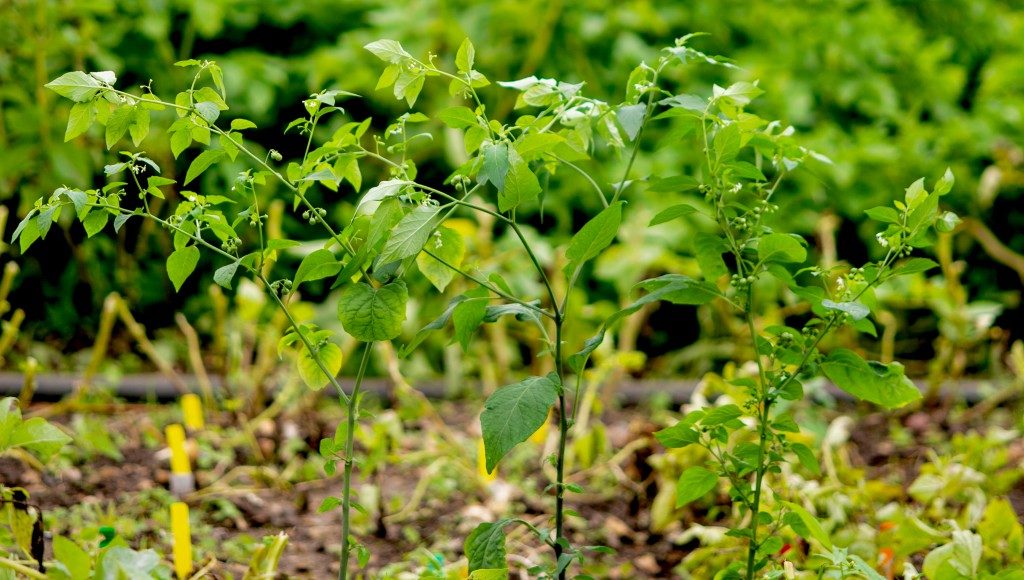New late blight resistance genes have been found in a wide range of wild Solanum plants related to potatoes, a news release from The Sainsbury Laboratory on Feb. 11, says.
Jonathan Jones, a professor at The Sainsbury Laboratory, and his co-workers found Solanum americanum, the ancestor of the widespread United Kingdom wild plant Solanum nigrum (black nightshade) to be an excellent source of new resistance genes against late blight. Their research found the resistance gene Rpi-amr1 and its many variants.
“Despite varying in sequence by up to 10 per cent, each Rpi-amr1variant enables the plant to detect the same virulence proteins of late blight, affording protection from disease,” the release notes.
The Rpi-amr1 resistance gene is being combined with two other resistance genes, Rpi-amr3 and Rpi-vnt1, in the commercial potato Maris Piper, the release says. The resulting potato lines are immune to a very wide diversity of blight races.
“This Rpi-amr1 gene now looks like one of the best resistance genes in our armoury against late blight. By combining Rpi-amr1 with two other resistance genes, I think it can make a durably blight-resistant potato,” Jones says in the release.











